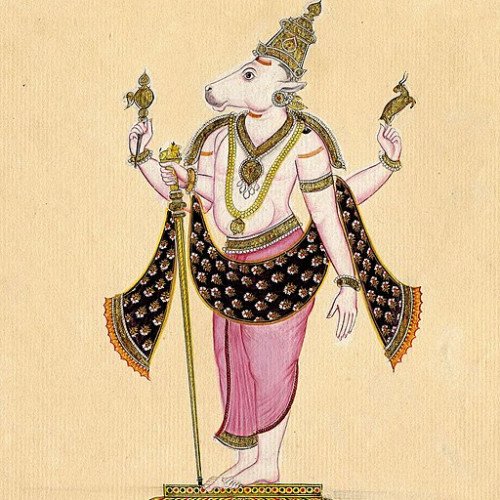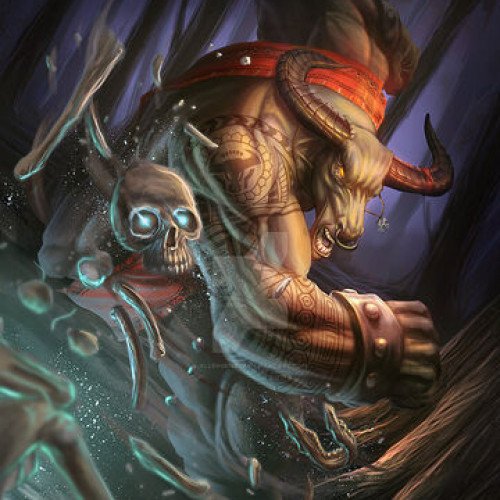Vote on Mythical creatures: Nandi (mythology) vs Sarangay

Nandi (mythology)
Nandi (Sanskrit: नन्दि, Tamil: நந்தி, Kannada: ನಂದಿ, Telugu: న౦ది, Odia: ନନ୍ଦି) is the gate-guardian deity of Kailasa, the abode of Lord Shiva. He is usually depicted as a bull . The decorated bull gangi reddu is the tradition of ancient south india. During the festival of pongal the bull is decorated and performs of stunning ‘feats’. “An ox can dance to the tune of its master’s nadaswara, it can nod at his command or shake its head to indicate no, kneel down and prostrate or bow when asked to. You can often see a Gangireddu stand on its master’s chest and bow in complete humility, appreciating a patron who has bestowed money or food on them. The ‘Dance with the Bulls’ series showcases the feats they perform,”.The tradition of Gangireddu is associated with saivism and grama devata or para sakti honored as universal energy field and attributes. Nandi is a Dravidian root word (kui) which was taken to prakrit and sanskrit and translates to happiness or joy. According to Saivite siddhantic tradition, he is considered as the chief guru of eight disciples of Nandinatha Sampradaya, namely, Sanaka, Sanatana, Sanandana, Sanatkumara, Tirumular, Vyagrapada, Patanjali, and Sivayoga Muni, who were sent in eight different directions, to spread the wisdom.The Cham Hindus of Vietnam believes that when they die, the Nandi will come and take their soul to the holy land of India from Vietnam.
Statistics for this Xoptio

Sarangay
Sarangay is a creature resembling a minotaur with a jewel or gemstone attached to its ears. When the Spanish first heard the story in the 17th century, they thought the legends described the Greek minotaur. Sarangay is described as half bull (specifically, a male water buffalo) and half man. According to folklore, the creatures guard their jewels and attempted thieves will be killed mercilessly. It was said that when a Sarangay becomes enraged, smoke issues from its nostrils.